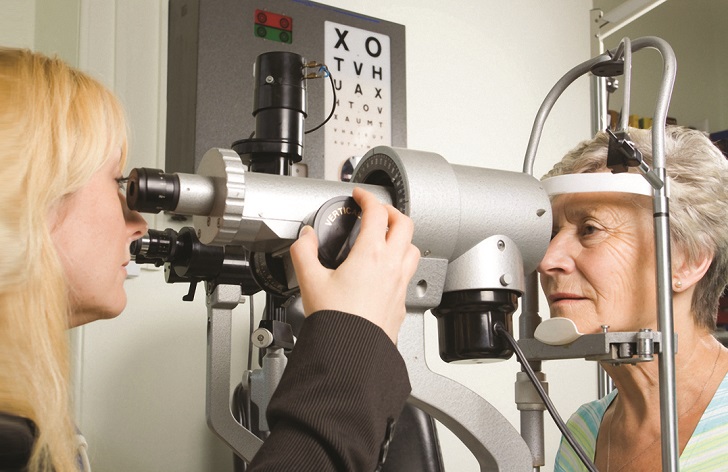Age-Related Macular Degeneration
- 0About this program
- 1What is Age-Related Macular Degeneration?
- 2What is the macula?
- 3What are the symptoms?
- 4How is AMD diagnosed?
- 5How to use an Amsler grid
- 6How is AMD treated?
- 7What is Charles Bonnet Syndrome?
- 8What do these hallucinations look like?
- 9Why do these hallucinations happen?
- 10Can you stop these hallucinations?
- 11What do we still need to know?
- 12Support
- 0About this program
- 1What is Age-Related Macular Degeneration?
- 2What is the macula?
- 3What are the symptoms?
- 4How is AMD diagnosed?
- 5How to use an Amsler grid
- 6How is AMD treated?
- 7What is Charles Bonnet Syndrome?
- 8What do these hallucinations look like?
- 9Why do these hallucinations happen?
- 10Can you stop these hallucinations?
- 11What do we still need to know?
- 12Support
Content on HealthUnlocked does not replace the relationship between you and doctors or other healthcare professionals nor the advice you receive from them.
Never delay seeking advice or dialling emergency services because of something that you have read on HealthUnlocked.
How is AMD diagnosed?

The optometrist at your local optician’s practice can test sight, prescribe glasses and check for eye disease.
What tests are used to diagnose AMD?
Some optometrists use photography or other imaging to detect early signs of macular degeneration. These might include optical coherence tomography (OCT) scans which create cross-sectional images of the retina. If you are referred to hospital, they will use further tests to confirm the diagnosis. The specialist may use:
Eye drops to dilate your pupils and see the back of the eye clearly. These may make your vision blurred and sensitive to light for a short time, so consider taking someone with you.
OCT scans.
Fluorescein dye angiography. A dye is injected into a vein in your arm and travels to the eye, highlighting the blood vessels in the retina so they can be photographed. The dye will temporarily change the colour of your urine.
Do I need to be referred to hospital?
There is currently no treatment available for dry AMD. So unless the optometrist needs to confirm their diagnosis, or thinks you need a hospital low vision service, you might not be referred to hospital.
In line with NICE AMD guidelines, if your optometrist suspects you have wet AMD, you should be referred to a retinal specialist at a hospital directly and seen within one to two weeks. You should not be sent to your GP, as this causes unnecessary delay.
If you need treatment, you should get it within two weeks of your first test.
Content on HealthUnlocked does not replace the relationship between you and doctors or other healthcare professionals nor the advice you receive from them.
Never delay seeking advice or dialling emergency services because of something that you have read on HealthUnlocked.